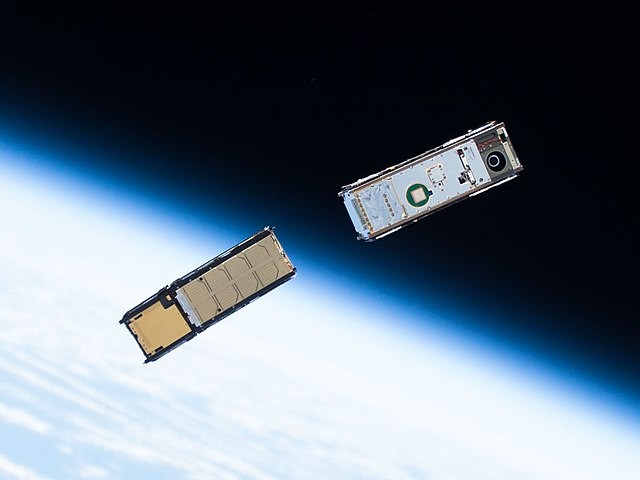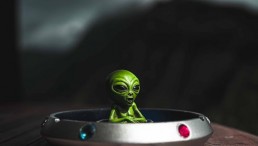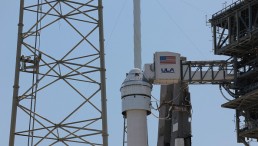
(Photo : Wikimedia Commons/NASA)
Astronomers recently discovered a lost satellite that had been drifting undetected for over two decades.
Lost Infra-Red Calibration Balloon (S73-7) Satellite Found
The Infra-Red Calibration Balloon (S73-7) satellite has gone missing for 25 years. However, it has been rediscovered in April.
The S73-7 satellite has gone off the grid twice -- once in the 1970s and the 1990s. According to Jonathan McDowell, an astrophysicist from the Harvard-Smithsonian Center for Astrophysics, the satellite's extremely low radar cross section could be why it had gone off the grid. Additionally, it's possible that the object they're monitoring is a dispenser or a balloon fragment that malfunctioned, rendering it non-metallic and challenging to detect on radar.
Knowing the position and identity of every single object in orbit-there are already over 20,000-is a complex undertaking. Although space junk can be watched and, when appropriate, entered into a satellite catalog using both optical and radar sensors based on the ground, it can be difficult to identify each individual object. An item in orbit can be detected by the sensors, but it must first be matched with another satellite traveling in the same direction.
It should be a simple match if there is a recent set of orbital data and there aren't many objects with comparable orbits. However, matching up becomes more difficult if the parameter space is really packed and you haven't seen it in a long time.
Ground engineers can predict a satellite's trajectory and the altitude at which it will likely drift after launch. They can examine the evolution and contrast it with the location of the satellite's most recent report by using the data contained in the log. To complicate matters, engineers will have further work to do if the initial maneuvering plans are altered or if a satellite drifts in orbit.
"If you don't know exactly where the maneuver was, you may have trouble locating it," McDowell added. "If I rewind the orbit of an object and fast forward for the missing object, do they meet, and is the point where they meet where the maneuver happened?"
For this reason, finding such an object is an accomplishment, especially when astronomers are monitoring tens of thousands of missing satellites and other junk circling our globe. However, figuring out what's out there, including the threats, is expected to get harder as more and more satellites go into space.
McDowell added that the satellite could be hiding elsewhere in the catalog and had been "misidentified" as a debris object. However, he was too busy to look at the said possibility.
S73-7 was a 184 kg USAF Space Test Program/ARPA experiment ejected from a HEXAGON sat in 1974. A pair of solid motors called the ARPA Transfer System boosted S73-7 to 800 km circular orbit. The goal was to deploy an inflatable balloon calibration target, but the deploy failed.
— Jonathan McDowell (@planet4589) April 29, 2024
What Is IRCB (S73-7) Satellite?
IRCB (Infra-Red Calibration Balloon) was an inflatable calibration sphere with a diameter of 66 cm that orbited during the Space Test Program and launched on April 10, 1974. The payload of a KH-9 (Hexagon) spysat launch was piggybacked. To enter its orbit, the IRCB employed a solid rocket motor, the LPC-509.
After detaching from the launch vehicle, it was inflated. It is intended to be used as a target for calibration for different types of electromagnetic remote sensing apparatus.
Initially, the S73-7 was supposed to swell up and provide a target against which remote sensing equipment could be calibrated. The satellite vanished into the abyss and entered the cemetery of abandoned space debris after failing its mission following its deployment until it was spotted again last month.
RELATED ARTICLE: NASA'sz DART Spacecraft Worked! Asteroid Killer Changed the Harmless Space Rock's Orbit More Than Expected
Check out more news and information on Space in Science Times.










![Mars Faces Three Times More Potentially Hazardous Asteroids Than Earth [Study]](https://1721181113.rsc.cdn77.org/data/thumbs/full/53711/258/146/50/40/mars-faces-three-times-more-potentially-hazardous-asteroids-than-earth-study.jpeg)



